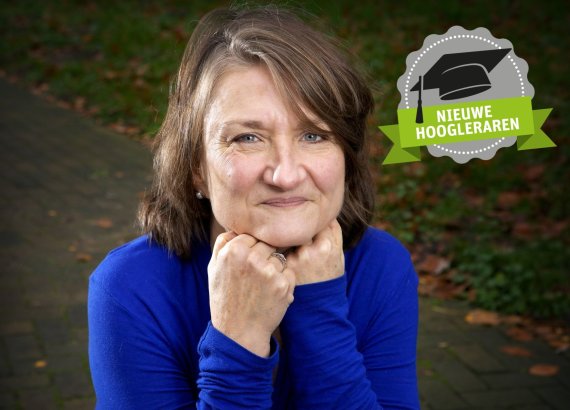© Stijn Rademaker
Bock gave her inaugural lecture on 25 October. She has studied differentiation in rural areas, meaning the urbanization of some parts of them and the marginalization of others.
What is the evidence for urbanization in the Netherlands?
‘Statistics Netherlands and the Netherlands Environmental Assessment Agency predict that the population of the Randstad conurbation will grow and that of the periphery will decline, relatively. There will be an urban area in the triangle between The Hague, Zwolle and Eindhoven. The north of the Netherlands, the Achterhoek to the east, and Limburg and Zeeland in the south, are peripheral shrinking regions.’
What processes reinforce that development?
‘More and more young people are going into higher education and leaving for the cities. And then fewer and fewer of them come back to their villages, because they find jobs in the cities. Partners often want to find two good jobs, and for that you are better off in the city. And then there’s the cultural aspect of it: city life is seen as successful. There is also a tendency to insist on services such as hospitals and schools being as cost-efficient as possible. So they are centralized, making them less accessible from rural areas. Healthcare is then moved further away, while the aging rural population needs it more than ever.’
What can municipalities and provinces in the shrinking regions do about this?
‘At first, government wanted to fight depopulation. Now they opt to steer it. It is a fact: you’ve got to adapt. And now we’re seeing new initiatives in which volunteers work with health institutions to provide healthcare in the village. There are health cooperatives in which formal and informal, social and medical care are interwoven in order to guarantee home-based care. New relationships are being formed between schools, childcare centres, day care for the elderly and sports associations in shared centres, where families can reach these services more easily. You also see links between GPs, pharmacies and mental health services. Or collaboration between vocational training schools and employers, with companies providing student with practical experience. There is a lot of innovation.’

